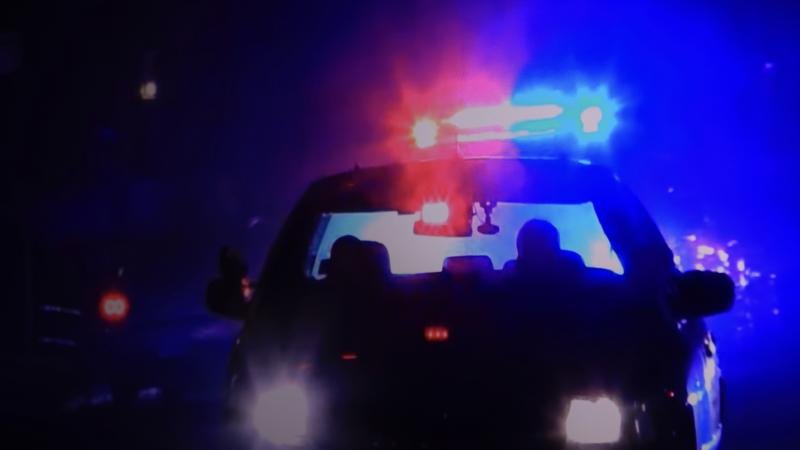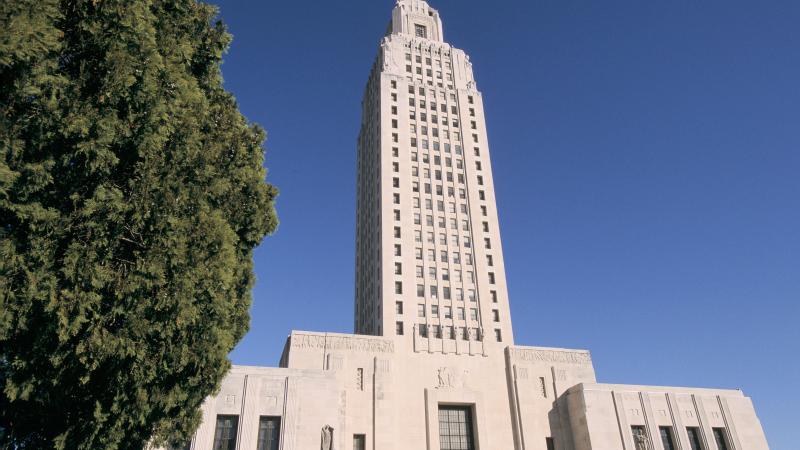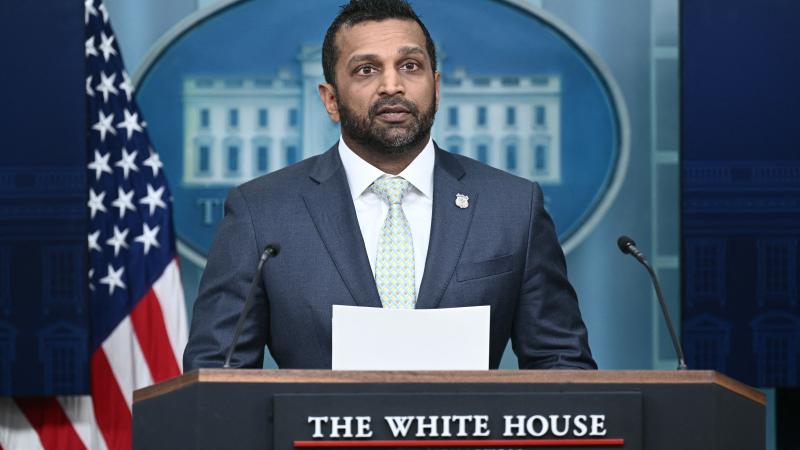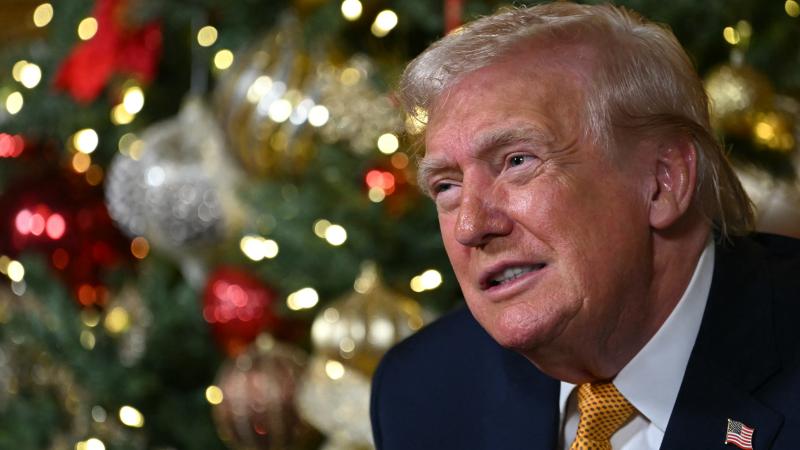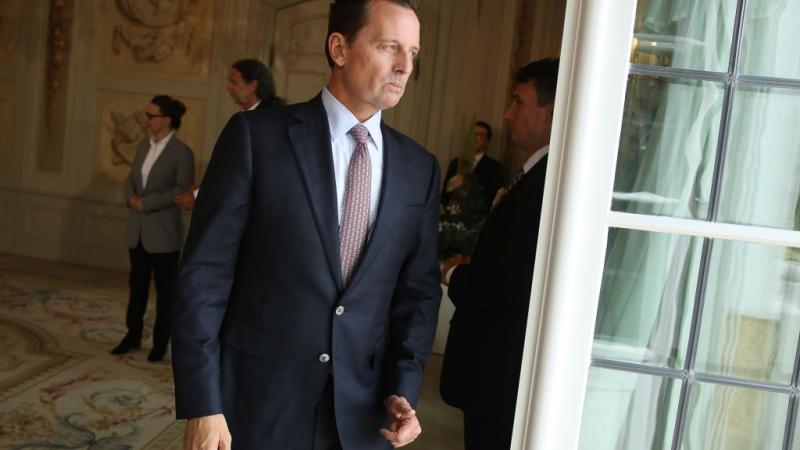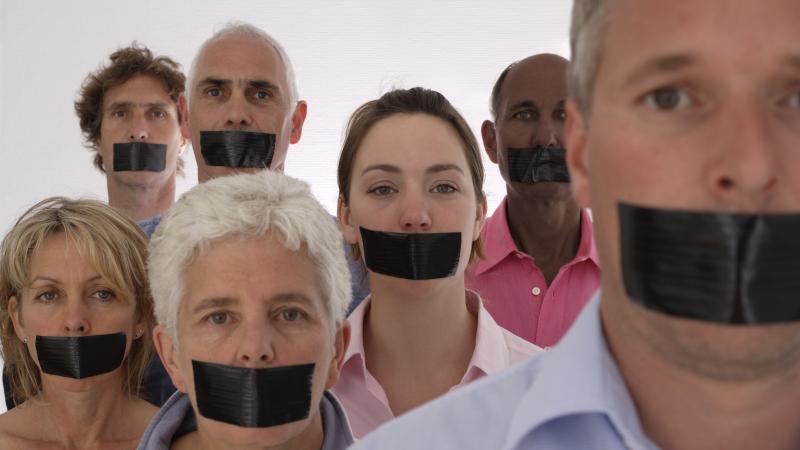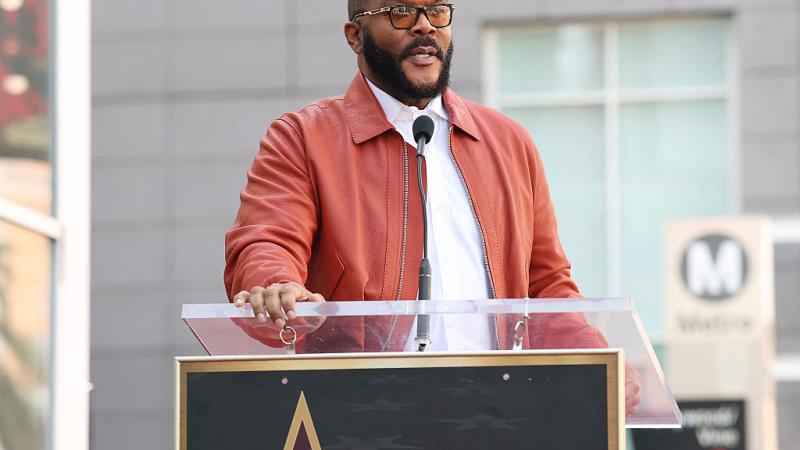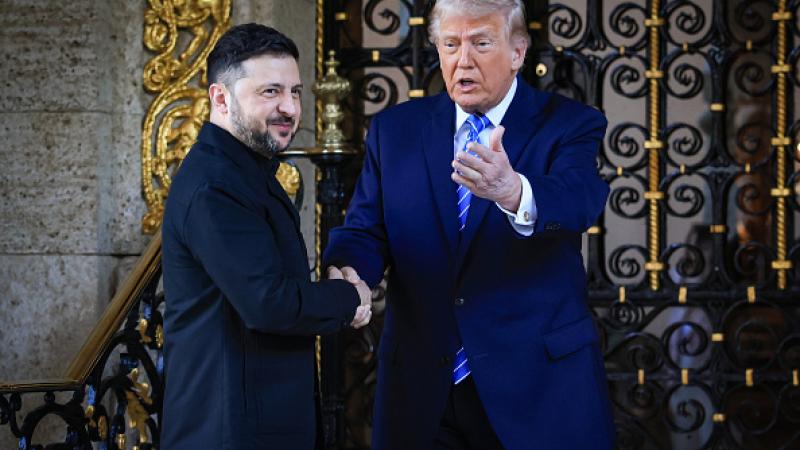New Mexico group opposing federal lease employs Interior Secretary’s daughter
The organization employs Somah Haaland as a media organizer.
A New Mexico-based Native American rights organization that employs the daughter of Interior Secretary Deb Haaland was involved in a violent protest at the Department of the Interior in late 2021 according to documents obtained by Protect the People's Public Trust. The organization employs Somah Haaland as a media organizer. Now the group wants to stop energy leases in New Mexico.
The violent protest occurred at the Stewart Lee Udall building on October 14, 2021. During the protest, climate activists tried to enter the building. This led to several injuries among DOI security personnel, including one member being hospitalized. The group wanted the federal government to stop oil and gas development on public lands.
When responding to the violent event, the DOI did not condemn the protestors’ actions.
"Interior Department leadership believes strongly in respecting and upholding the right to free speech and peaceful protest,” the department’s spokesperson said in a statement at the time. “Centering the voices of lawful protesters is and will continue to be an important foundation of our democracy. It is also our obligation to keep everyone safe. We will continue to do everything we can to de-escalate while honoring first amendment rights."
The Department of the Interior is the department that will ultimately decide the fate of oil and gas leases on federal land, including around Chaco Canyon. PAA has continued opposing such oil and gas developments since the incident.
Haaland's daughter was among several activists who went to Washington, D.C., last December to get lawmakers to support a federal moratorium on oil and gas leasing near Chaco Canyon. It sparked concerns of a potential conflict of interest, according to Fox News.
However, the issue divides Native American activists. Navajo Nation, for example, opposes banning drilling within a 10-mile radius of the canyon. It wants a smaller, five-mile buffer, according to UPI.
Navajo Nation members think a 10-mile buffer would hurt their tribe. While it would cost the federal government $1 billion over 20 years, it would cost Navajo mineral owners an estimated $194.3 million over 20 years, according to Enduring Resources.
Spokespeople for the Department of the Interior and the Pueblo Action Alliance could not be reached for comment on Monday.

